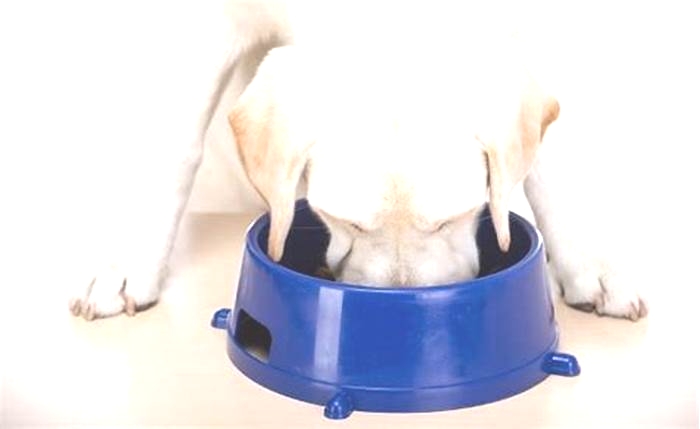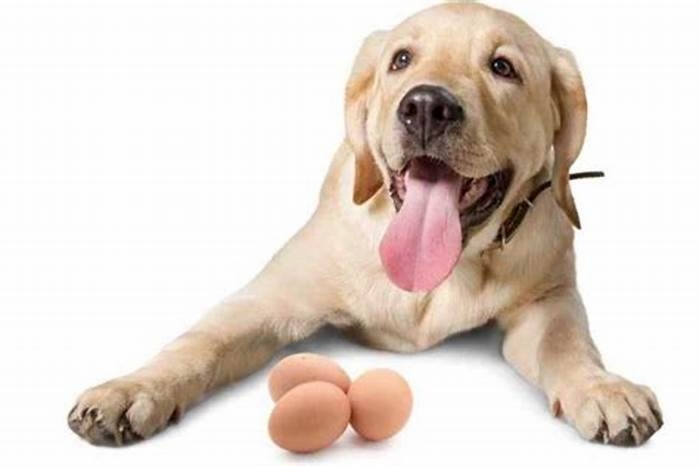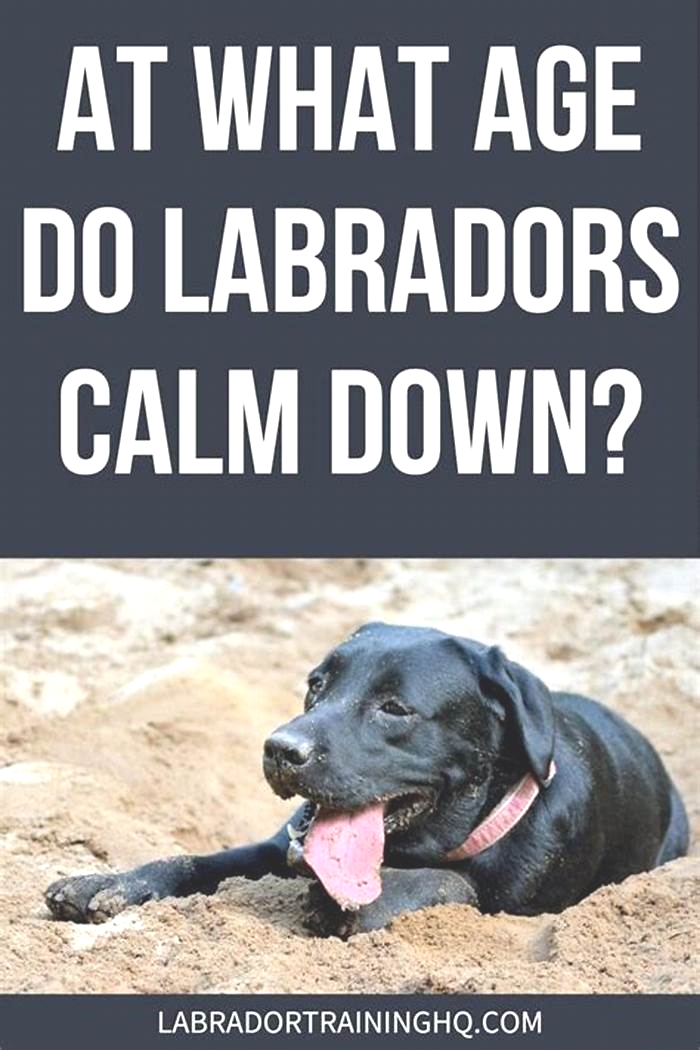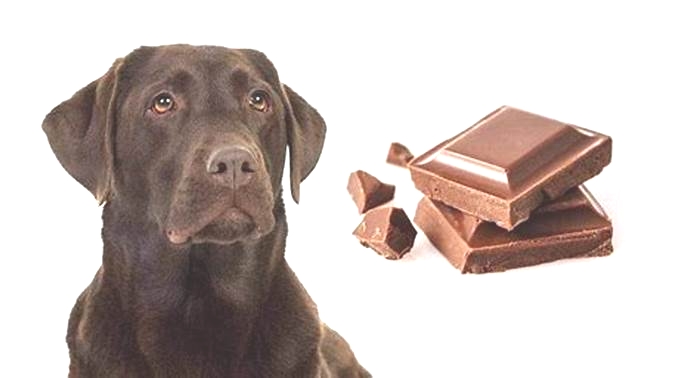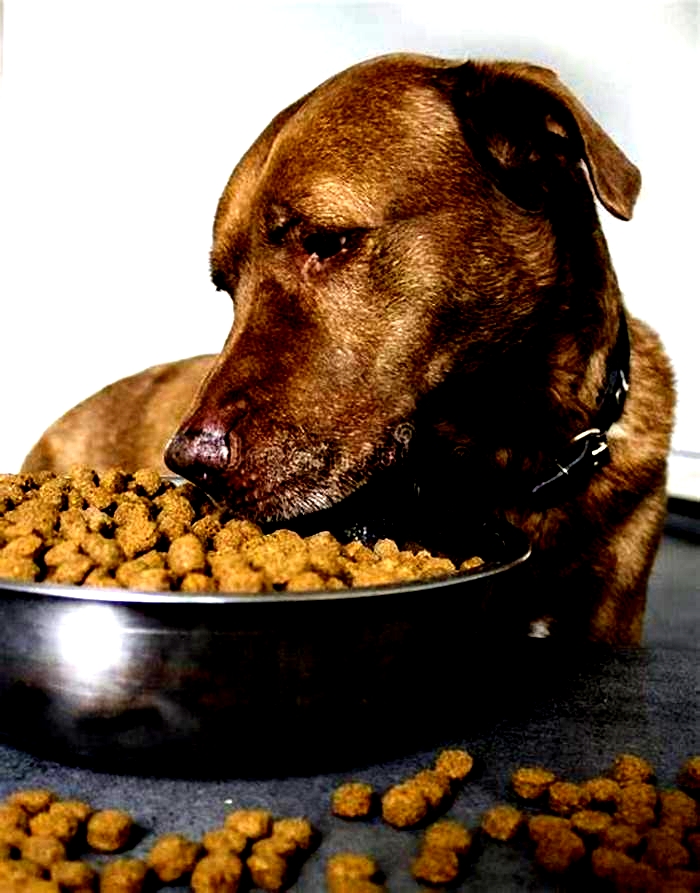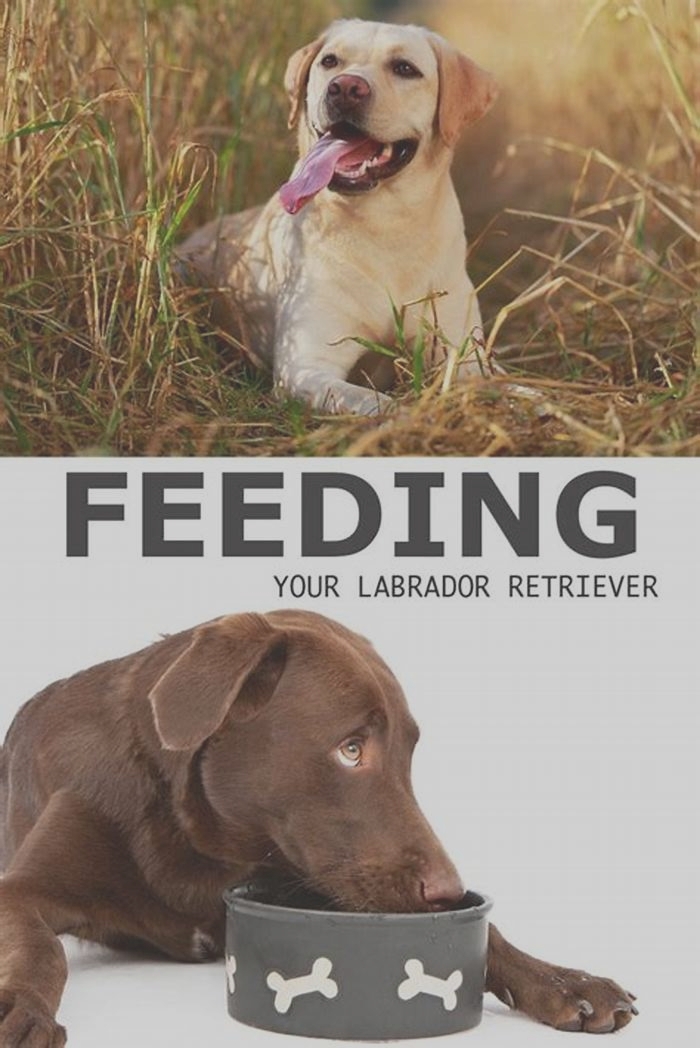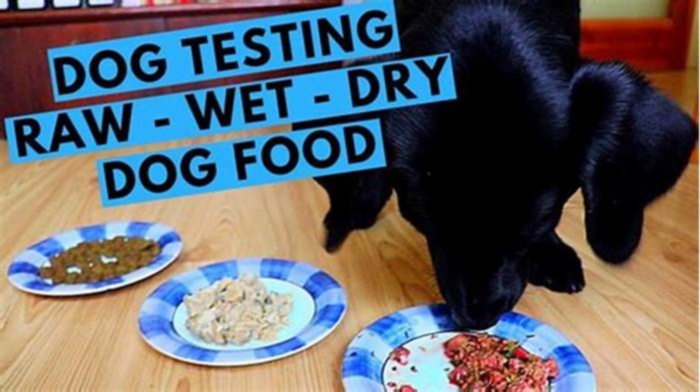Do Labradors need baths
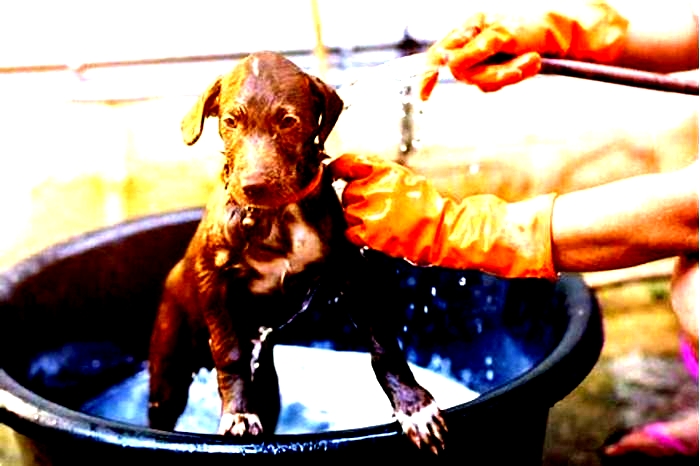
How Often Should You Bathe a Labrador?
Bathing and grooming your Lab is one of the important aspects you should learn as a Labrador owner. You should know these issues in more detail especially if you are a first-time dog owner.
Coming to the actual question. How often should you bathe a Labrador? Some say that Labradors dont need frequent baths, whereas some contradict and bathe their Labradors bi-weekly and sometimes even do it weekly.
But what is the accurate Labrador bathing frequency? This article explains all the details with respect to Labrador bathing.
How often should you bathe a Labrador?
A common question that i hear from many people is, how often should i bathe my Lab? This question is asked especially by Labrador owners because they might have heard many things like, Labs coat is self-maintaining, it is self-cleaning in nature, etc or whatever.
People might have heard all these things and get confused regarding bathing Labradors. But actually, it is important to know all the facts regarding the Labrador coat and its way to be maintained, by proper bathing schedules. Hence as a Labrador owner, you should first learn about the Labrador coat.
The special Labrador coat
A Labrador has something amazing on it which is called the double coat. The double coat has two layers of fur, one is the top layer which is called the guard coat or outer coat, and the coat underneath is called the undercoat. Learn more about the Labrador double coat in this article.
Labs have a great affinity with water and its coat is designed by nature in such a way suitable for working in the waters.

Do you remember the basic science that water and oil do not mix?
This is what that exactly happens with respect to a Labrador coat. The Labs undercoat has natural oil secretions that repel the excess water from reaching its skin. It acts as a natural barrier and these oils also keep the Labs coat smooth and shiny.
This is an important thing you need to understand while thinking of bathing your Labrador. There are also certain factors that play an important role in deciding how often should you wash your Labrador.
Factors that decide how often should you wash a Labrador
1. Place of living
This is one of the important factors that might determine the frequency of your Labrador bathing.
Suppose if you live in the countryside with your dog or if your house has open fields around it, there is a greater chance of your dog getting dirty easily. Labs are naughty dogs and they like playing in the mud and dirt always. If these kinds of areas are present around your house, your Lab might need frequent baths.
But if you live in an apartment or if your Lab stays indoors most of the times, It might not be necessary to bathe him frequently. As there are lesser chances of your dog getting dirty.
2. Age of your Lab
Labrador puppies do not require frequent baths like that of adult Labrador dogs. If you want me to speak about bathing Labrador puppy, it shouldnt get its first bath until it reaches an age of 8-10 weeks.
When your Labrador puppy is younger than 8 weeks, bathing him is not a good idea, as it might be difficult for him to regulate his body temperature. Hence it is not necessary to bathe your puppy unless it gets dirty.
But you can habituate your puppy to get him used to the sensation of water and bath to avoid bathing problems with him later.
3. Labrador smell
Labradors are one of the strongest smelling breeds and no two labs smell alike. Some Labs produce strong odours whereas some Labs have milder body odour.
Labs that produce stronger odour tend to produce a more stinkier smell when they get dirty or when they havent had a bath for a long time. So the Labradors smell also plays a role in deciding their bathing frequency.
4. Skin issues
If your Labrador has any skin issues like ticks, fleas, mites or other skin problems, there might be a need to bathe your dog more frequently.
How often to wash Labrador in such cases depends upon the condition of the skin and its severity. Your vet would be the best person to determine how often to bathe your dog in such cases.
5. How naughty is your Lab
This is also the other deciding factor. My Labrador always wants to play with the mud and always runs towards the garbage bin.
So whenever it gets dirty i wipe him with a wet cloth or spray him with water using a garden hose. Or I personally recommend this dog shower that makes your job easy. Or else you can use this outdoor shower that helps when you are on a trip or anywhere outdoors.
Hence if your Lab is also a naughty one, it might need frequent baths whenever it gets dirty.
How often to bathe a Labrador?- The exact frequency
If you want to maintain a proper schedule for bathing your Labrador and if you want me to tell the exact frequency for your Labrador bath. I would say that monthly once would be the ideal frequency. Yes, you can bathe your Labrador once a month.
But if situations arise where your Labrador gets dirty during play. You can just wash him with water and that wouldnt be a big problem.
I bathe my Labrador the same way, i maintain a regular schedule and do it on the last day of every month. And if my Lab gets dirty due to play in the middle of the month, i will wash him once in between the month with plain water.
Hence bathing once in a month can be an ideal frequency for bathing your Labrador.
Things to consider while bathing your Labrador
Bathing your Labrador does not mean cleaning only its coat. Bathing your dog involves a lot of things such as cleaning its ears, eyes and also taking care of its teeth which is very much essential.
1. Cleaning its ears
Cleaning your Labs ears is important as the curvy twists in the ears provides an ideal ground for bacteria, yeast and other parasites. Cleaning the ears should not be neglected as it can cause various types of ear infections, especially in Labs.
If you observe that your Labs ears are dirty or greasy, it is an indication that its ears need to be cleaned immediately. You can use a cotton ball or these cotton buds along with a canine ear cleaning solution for cleaning your dogs ears.
Check for the quality of the solution as cheap solutions with various chemicals can cause irritation inside your dogs ears. After my research, i came across this ear cleaner kit that seemed perfect.
2. Cleaning its eyes
It is not necessary to invest a lot of time and energy in cleaning your Labs eyes. Unless it suffers from some kind of infection or irritation, special care is not required. But is necessary to clean the area around the eyes, as it also catches dirt and dust like other parts of the body.
Use a soft damp cloth and start cleaning your dogs eyes, especially after playing outdoors. Other than this no specialized form of cleaning the eye area is required.
3. Cleaning the teeth
This is an important aspect of your dog cleaning routine.
The issues that can affect your dogs dental health depends upon the type of food it eats. If your dog eats foods that contain starch, there is a greater chance of occurrence of dental disease for your dog. Hence it is important to feed your dog with a high-quality canine food.
Sometimes you may require a brush to maintain your dogs teeth. You can use this toothbrush and toothpaste to clean your dogs teeth. You can make this as a monthly routine to your dog during the bath itself.
Or else it would be a better idea to provide your dog with some dental chews, that tend to be abrasive in nature. There are many options available, but these and these are my favourites. Dental chews help in cleaning off the plaque buildup from your dogs teeth and you may not need to brush your dogs teeth.
Best shampoo for Labradors
Does dogs in nature use shampoos for bathing? Not at all. It means that when you use shampoo on your dog, it is not something that is natural. Hence you have to understand that whenever you want to bathe your Labrador using shampoo it is always better to use a shampoo that is natural and free of chemicals.
It is always the best option to use a natural shampoo for your Lab unless it has some specific skin-related issue.
I have found some excellent dog shampoos with natural ingredients that could be milder and effective for your dog.
1.Colloidal Oatmeal Dog Shampoo with Pure Lavender Essential Oils. This can help in soothing your dogs skin as it contains natural ingredients such as jojoba. It seems to be gentle and effective.
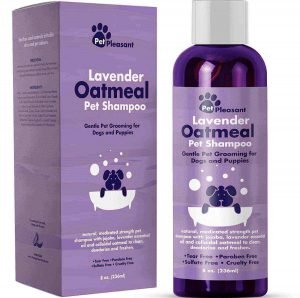
2.Bodhi dog waterless shampoo is another excellent choice if you want a shampoo for dogs with sensitive skin. This is one of the best Labrador shampoos you can use. It is made from natural extracts and works very well for dogs with sensitive skin and other allergies.
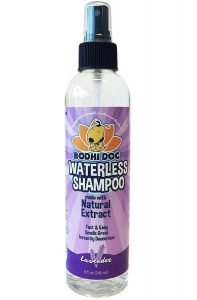
3. An oatmeal pet shampoo also works like wonder if your dog has dry skin and itchy skin. Earthbath All Natural Pet Shampoo is an excellent choice as it is completely natural and soap-free dog shampoo.

Bathing Labs can be a fun activity with little love and patience. Even though bathing seems to be a simple task sometimes, it is not so. Proper methods of bathing and grooming your Lab can keep his coat healthy and in a great appearance.
How Often Should You Bathe Your Labrador? Bathing Tips For Owners
Things to do before bathing
You won't need to bathe your Lab very often soit is important that you make the most of each bath time by thinking about whatto do before you bathe.
Brushing
The Labrador's coarse coat is not prone to matting, but it is still important to brush your Labrador's coat in order to remove loose hair, dirt, and debris prior to bathing. Wouldn't you rather your dog's fur end up neatly collected in the garbage bin, rather than clogging up the hair trap in your shower?
A self-cleaning slicker brush is a great option for safely removing all of your Labrador's loose hair as well as for distributing the oil throughout your dog's coat. The self-cleaning feature is especially nice for the Labrador's short rough fur, which can be difficult to remove from traditional slicker brushes.
Get your dog tired
Most Labradors love the water. After all, swimming is what this breed is made for. While it may not be challenging to get your dog into the bath, you may have a hard time getting them to stand still instead of having a blast playing in the water. If you want a more relaxing bathing experience, it's a great idea to thoroughly wear your dog out by taking them for a long run or playing an extended game of fetch before you give them a bath.
Clean your Labradors ears
Labradors can be prone to dirty ears and ear infections, thanks to their oily skin and the flopped nature of the ears. It is very important to regularly clean your Labrador's ears. This can often be a messy process, as your dog may have a tendency of shaking their head and sending ear cleaner and gunk all over. It's a good idea to take care of ear cleaning before you give your dog a bath so that you can clean off the debris from the ear cleaning as well.
Things to avoid before giving your dog a bath
It's important to plan out your dog's bathing routine so that you can avoid bathing them at inopportune times. Here are a couple things you want to avoid doing in the days leading up to giving them a bath:
Topical flea treatments
If you give your dog topical flea treatment, usually by rubbing the medication between the shoulder blades, you should wait at least 24 hours before bathing. Since Labs are large dogs with thick coats, it is advisable to wait at least 48 hours after applying a topical flea treatment before you bathe your dog.
Topical anti-itch treatments
Unfortunately, many Labradors are prone to itchy skin. If you use a topical anti-itch cream for your dog, it is best to wait until it is nearly time to reapply before bathing so that you don't waste the topical treatment or cause an interaction between the treatment and the shampoo that you are using
When should you give a Labrador puppy their first bath?
As cuddly and cute as they are, Labrador puppies often find themselves getting in sticky situations. That's right. Sticky, stinky, dirty, wet - you name it. So, naturally, we will want to freshen them up and keep them as cute as possible!
But when is it too early to bathe a Lab puppy?
Labrador puppies should not be bathed with soap until they are at least 3 months old. Until then, warm water and a rag should be used exclusively. At 3 months, you should use sensitive soap that has been diluted during the first couple of baths to avoid skin irritation.
This isn't unique to Labradors, either. The AKC recommends that all puppies follow this gradual approach. Additional guidance is that you should consult your vet to determine if any special soaps should be used.
Shampoos for puppies and older Labs
For most of their lives, your Labrador will do well with any high-quality shampoo. Since you don't want to strip the oils from their skin any more than necessary, it is best to choose a shampoo designed for sensitive skin.
Gentle shampoo is even more important for puppies and older Labs. For your puppy, choose a shampoo made especially for puppies, ideally a shampoo that is formulated with oatmeal. Look for a shampoo that advertises being hypoallergenic and soothing for your dog's skin. It's a good idea to choose a puppy shampoo that has calming herbs such as lavender since it can be stressful as your puppy becomes accustomed to bathing. This shampoo formulated with colloidal oatmeal and lavender is a good choice for tear-free puppy baths.
Older dogs
Your older Labrador will benefit from an especially sensitive shampoo that moisturizes the skin. Look for a shampoo that is pH balanced so that it doesn't bother sensitive skin. Ingredients like aloe vera help to balance the levels of oil in the skin while cleaning. Avoid anything that contains alcohol or harsh chemicals. This shampoo formulated for sensitive skin which is free of soap and contains ingredients like aloe vera and almond oil to condition your older dog's coat is an excellent choice for the aging Lab.
What to use if you don't have shampoo
If you find yourself without shampoo when your dog has gotten into something particularly filthy don't panic. Blue Dawn dish soap is a safe and effective way to clean your dog and kill adult fleas. Blue Dawn is quite gentle, but it does contain strong cleansers and should never be used regularly. However, if you find yourself in a pinch, this is a great option. For those who go on camping trips with their Labs, you'll appreciate the ability to clean your camping dishes and your dog with the same soap.
Cleaning a Lab's ears
It is important for most breeds to maintain clean ears, but for the Labrador, ear cleaning is especially essential. Dogs with floppy ears, such as the Labrador, are more prone to ear infections and other ear diseases than breeds with upright ears or ears that fold over at the tip. The floppy ears paired with a Lab's oily skin means that Labradors are especially prone to ear infections.
Ever wonder why Labrador ears are floppy? Check out this article: Why Do Labradors Have Floppy Ears?
Don't over clean!
It is important to regularly clean your dog's ears to prevent ear infections, but it is also important not to over clean, as this can lead to irritation and infections as well. Therefore, you should only clean your Labrador's ears when they need it.
A healthy, clean ear is pink and has no odor. When you notice black or brown dirt or debris building up around the ear or if the ear has a stinky or yeasty smell to it, it is time to clean.
Ear cleaners
Choose an ear cleaner that is approved by veterinarians, is gentle, and cleans with minimum scrubbing and trauma to your dog's ears. If your dog is very prone to ear infections as many Labradors are, an ear cleaner containing hydrocortisone that is designed to combat bacterial, yeast, and viral infections may be a good option.
Fill your dog's ear canal with the cleaner by holding your dog's ear canal open. Spread the cleaner around the ear canal, using your fingers to massage the base of the ear. You should be able to hear the cleaner squishing around the ear. Most dogs have an impulse to shake their heads during this process, so it is a good idea to hold your dog's head firmly while you massage the ear.
Next, pour the cleaner out of your dog's ear canal or allow them to shake their head to get it out. Use cotton balls or gauze to firmly wipe the interior of your dog's ear, taking care to get into any crevices. You may need to soak a cotton ball in some more ear cleaner in order to remove any stuck-on debris.
How to wash a dog's face
Labradors have shorter, softer hair on their face, which means that their faces often seem more oily than the rest of their coat. If you find that your Labrador has an oily face before you're ready to give them a bath, you can use gentle wet wipes made especially for dogs to remove the excess oil and get your Lab's face smelling nice again.
When bathing your Lab, take special care when washing the face to make sure that water doesn't get into the ear canals, which can make ear infections more likely. In order to avoid this, pinch the ear canal closed while wetting the face.
The best way to dry off your Lab
You can dry off your Labrador by rubbing them down with a towel. It's wise to use one towel to soak up most of the moisture and another to vigorously rub the coat and remove the rest of the water. Because Labradors have a water-resistant coat, they tend to shed water after a bath quite easily.
Minimizing the wet dog smell
Have you noticed that after giving your Labrador a bath they actually smell worse with a strong wet dog smell? The smell will go away as your dog dries, but it may take a couple of hours and leave your house smelling like dog for some time. If you really want to avoid the wet dog smell, try blow-drying your dog after a bath in order to eliminate the last bit of moisture in their coat.
Things to watch out for in the days after
If this is the first time that you have bathed your dog or if you are switching to a different shampoo, it is especially important to monitor them closely after their bath to make sure they don't have an allergic reaction to any of the ingredients in the shampoo that you used.
Look for dry, itchy skin, redness, or signs of lethargy or refusal to eat. Dogs often shed more right after a bath, so it's a good idea to brush your dog again after bathing and continue to brush more frequently for the next day or two until all of the shed hair has gone.
Lastly, monitor their ears. Their floppy ears make them more prone to ear infections, so catching any signs of irritation at the onset may save a trip to the vet if you can clean out the ears and keep them dry!


